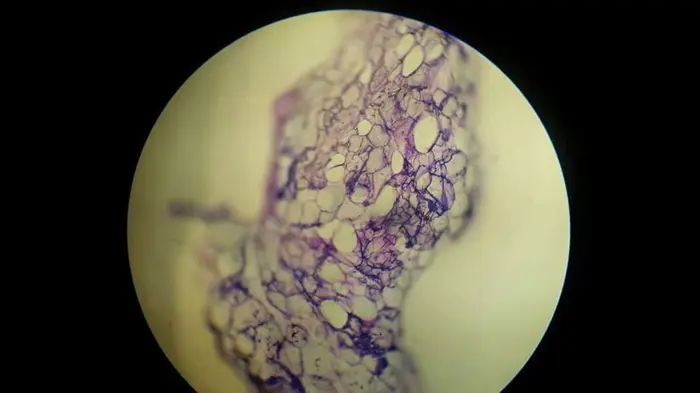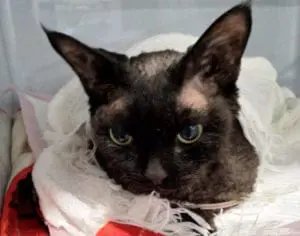[vc_row css_animation=”” row_type=”row” use_row_as_full_screen_section=”no” type=”full_width” angled_section=”no” text_align=”left” background_image_as_pattern=”without_pattern”][vc_column][vc_column_text]Have you noticed any lumps or bumps on your pet? If so, it is always wise to get them checked. Lumps and bumps can arise from many different causes including infections, inflammation or tumours. Even if the lump is not causing your pet discomfort, it does not necessarily mean it is nothing to worry about. In fact, if the lump is not itchy, sore or uncomfortable, it is potentially more likely to be a type of tumour.
There are many types of tumours, some which are benign (i.e. do not generally grow rapidly, and do not usually spread to other areas or organs) and others which are malignant and can spread and invade other local tissue, or even spread to other organs such as the liver, spleen, or lungs. The degree of malignancy depends on the type of tumour and its location.
When you come to the Windaroo Veterinary Surgery Animal Hospital to have your pet’s lumps and bumps checked, the veterinarian will check over your pet and will likely take a sample from the lump using a needle. This is called a fine needle aspirate, and infections, inflammation and certain types of tumours can be differentiated from this sample to determine what the potential cause is and what we need to do about it.
With some benign tumours, our veterinarians may give the option of monitoring the tumour for growth, and remove it if it begins to cause problems. If malignant cells are identified, the sample may be sent to the laboratory for further interpretation, or we will recommend the lump be removed and sent to the laboratory.
If we suspect a malignant type of tumour, and your pet has surgery to remove the growth, the incision will be longer than you expect. This is because our veterinarians want to ensure the entire growth is removed so that it won’t return. By sending the growth to the laboratory, we can find out whether the entire tumour is removed, determine the exact type of tumour, and whether we need to investigate for potential spread.[/vc_column_text][vc_separator type=”transparent” up=”30″]
[/vc_column][/vc_row]





